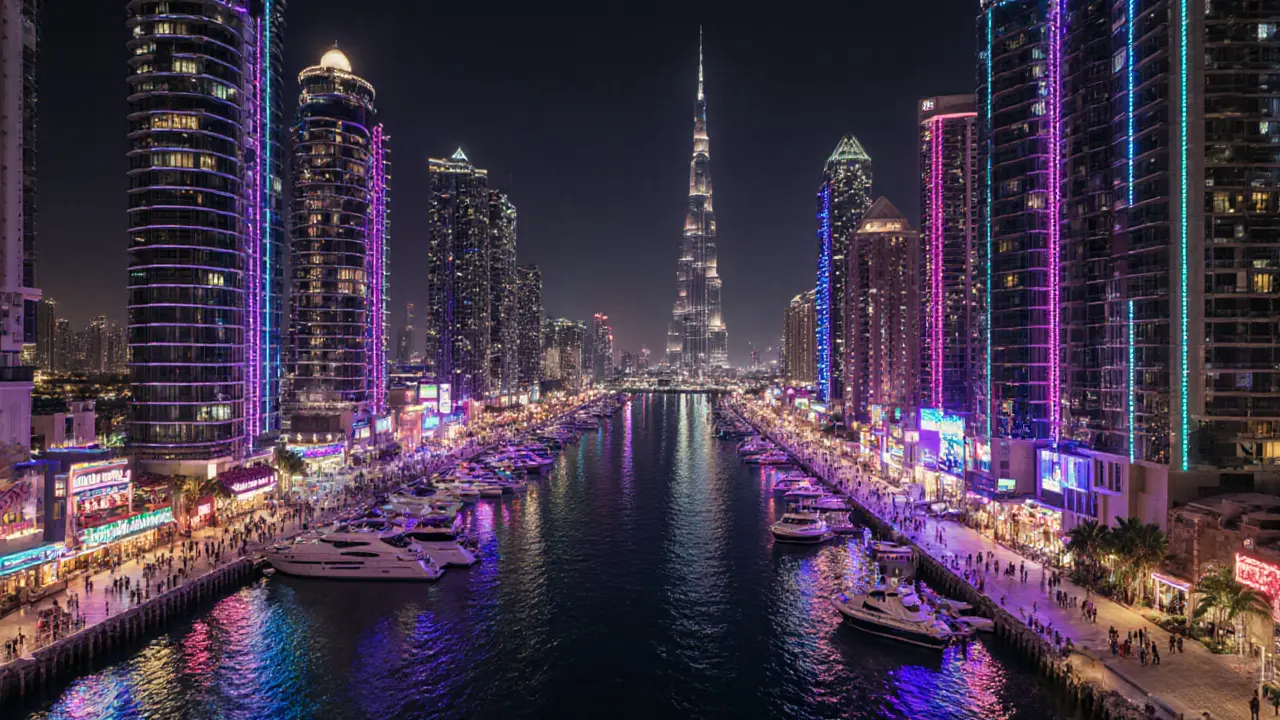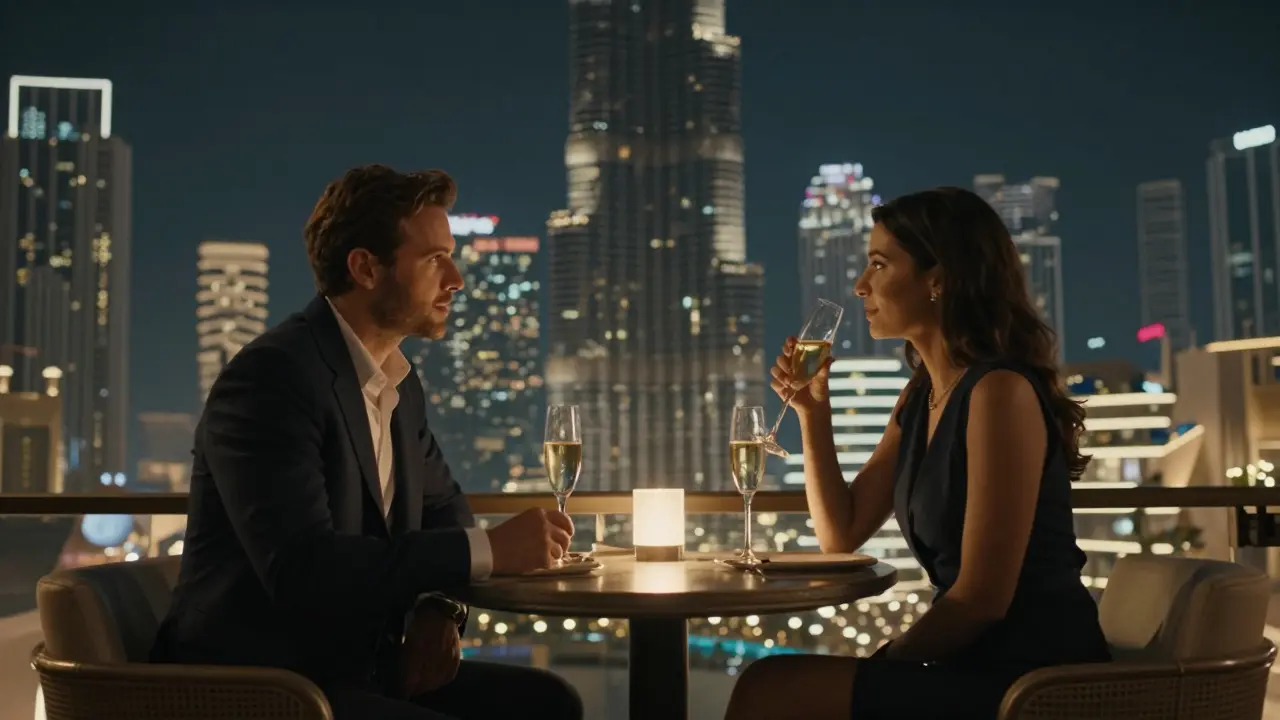Dubai's Nightlife: The Best Up-and-Coming Clubs and Bars
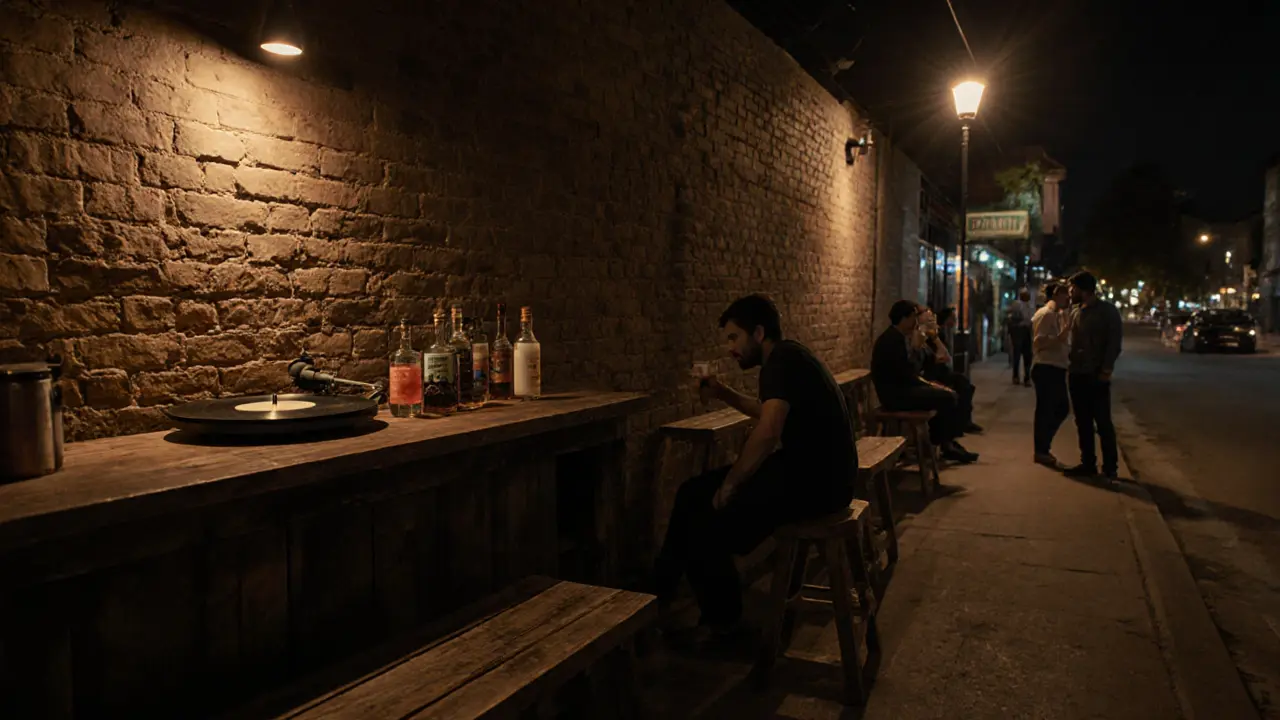
Dubai doesn’t just stay lit after sunset-it explodes. While the city’s iconic rooftop lounges and mega-clubs still draw crowds, a new wave of underground spots, hidden speakeasies, and neighborhood gems is reshaping what nightlife means here. Forget the same old bottle service scenes. If you’re looking for something fresh, raw, and real, these are the places making waves in 2025.
Where the New Scene Is Hiding
Most visitors stick to Downtown or Palm Jumeirah, but the real energy now lives in Alserkal Avenue, Jumeirah 3, and even parts of Dubai Marina that locals have been quietly claiming for years. These aren’t just new venues-they’re redefining the experience. No more velvet ropes and overpriced cocktails. Instead, you’ll find curated music, local artists on the walls, and bartenders who actually know your name by the third round.
Take Atelier a minimalist, industrial-chic bar in Alserkal Avenue that opened in early 2024 and quickly became a favorite among creatives and expats looking for something quieter but still electric. It doesn’t have a sign. You find it by the line of people outside, not waiting to get in, but just… hanging out. Inside, low lighting, vinyl only, and cocktails made with Middle Eastern botanicals like date syrup, cardamom gin, and saffron-infused vermouth. The menu changes monthly based on what local farmers and foragers bring in. No one’s taking photos for Instagram here. Everyone’s just listening.
The Speakeasy Revolution
Dubai’s speakeasy trend isn’t about pretending to be 1920s Chicago. It’s about intimacy. The Velvet Vault a hidden bar behind a fridge door in a nondescript building off Jumeirah 3. You need a code sent to your phone at 7:45 p.m. to get in. Inside, it’s all leather booths, dim brass lamps, and a bartender who mixes drinks using a 100-year-old copper still he imported from Scotland. The cocktails? Named after Emirati poets. The crowd? Mostly Emirati millennials, expat writers, and musicians who’ve had enough of the noise.
Another standout: The Lantern Room a rooftop hideaway above a bookshop in Al Quoz, accessible only by a narrow staircase and lit by hand-blown glass lanterns. It’s not loud. It’s not crowded. But it’s the only place in Dubai where you can sip a mezcal-based drink while reading a first-edition Arabic poetry collection from the 1970s.
Music That’s Actually Live
Dubai’s club scene used to be dominated by international DJs spinning the same top 40 remixes. Now, local talent is taking over. Nahla a converted warehouse in Al Furjan that hosts live bands every Friday and Saturday, blending Emirati folk rhythms with jazz, electronica, and hip-hop. The owner, a former saxophonist from Sharjah, doesn’t book anyone unless they’ve played at least three underground gigs in the city. The sound system? Custom-built by a team of engineers from Dubai Polytechnic. The crowd? Mix of Emiratis, Sudanese expats, and French jazz lovers who moved here for the work and stayed for the music.
Don’t miss The Bassline a tiny basement venue in Dubai Marina that only books emerging Arab hip-hop artists and experimental oud players. It holds 60 people. Tickets sell out in under 10 minutes. No VIP tables. No bottle service. Just a small stage, a mic, and a crowd that knows every lyric.
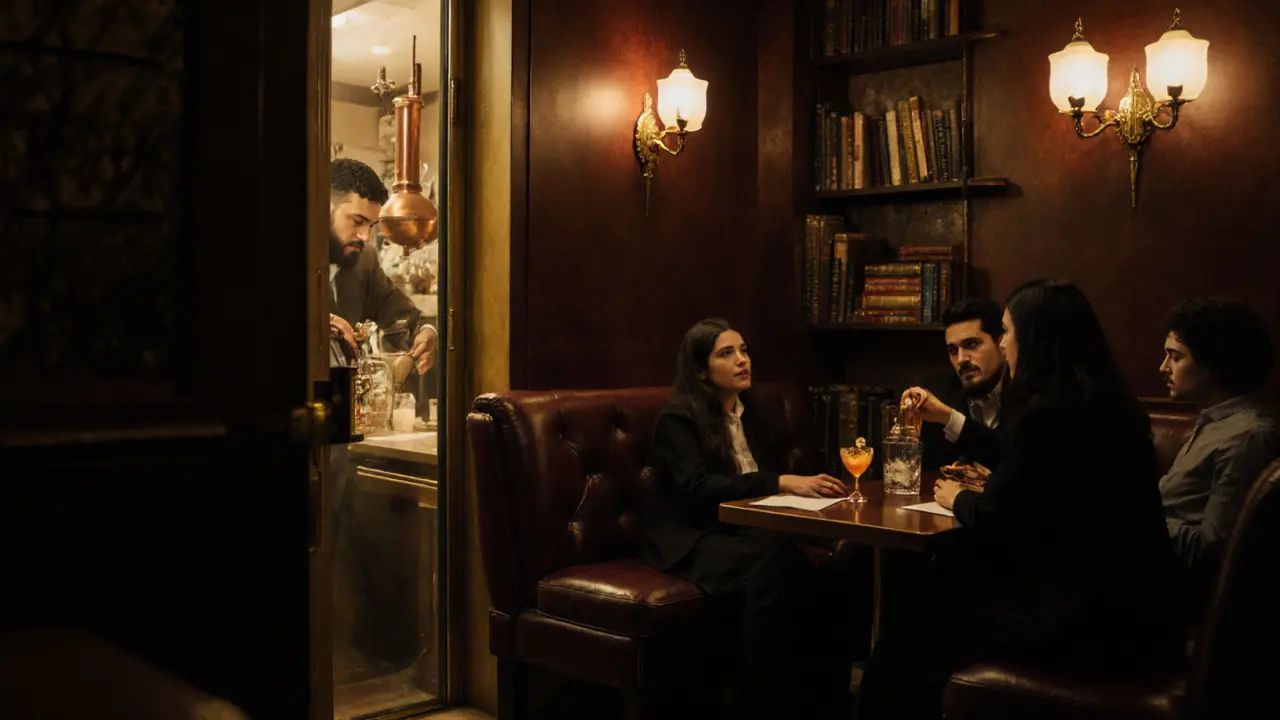
Drinks That Tell a Story
The cocktail scene in Dubai has moved beyond garnished umbrellas. Now, it’s about heritage, terroir, and craftsmanship. Tamarind & Smoke a bar in Karama that uses ingredients sourced from Oman, Iran, and the UAE’s desert regions. Their signature drink, the Al Hoota, is made with date molasses, smoked black tea, and a drop of oud oil. It costs 65 AED. You’ll remember it for weeks.
At Sahara Sips a desert-themed bar in Al Barsha that serves drinks infused with frankincense, desert rose petals, and camel milk liqueur. The owner, a third-generation Bedouin, distills his own spirits using ancestral methods. He doesn’t have a website. You find him by asking for ‘the man with the silver beard’ near the back of the bar.
Why This Matters
Dubai’s nightlife is no longer just about luxury or excess. It’s becoming a cultural mirror. These new venues aren’t trying to copy London, New York, or Berlin. They’re building something that only makes sense here-where tradition meets innovation, where silence can be as powerful as bass, and where a drink isn’t just a drink, but a story.
For the first time, you can walk into a bar in Dubai and feel like you’re part of something local, not just a tourist in a glittering city. These spots don’t advertise. They grow through word of mouth. You won’t find them on Google Maps unless you know exactly where to look. And that’s the point.
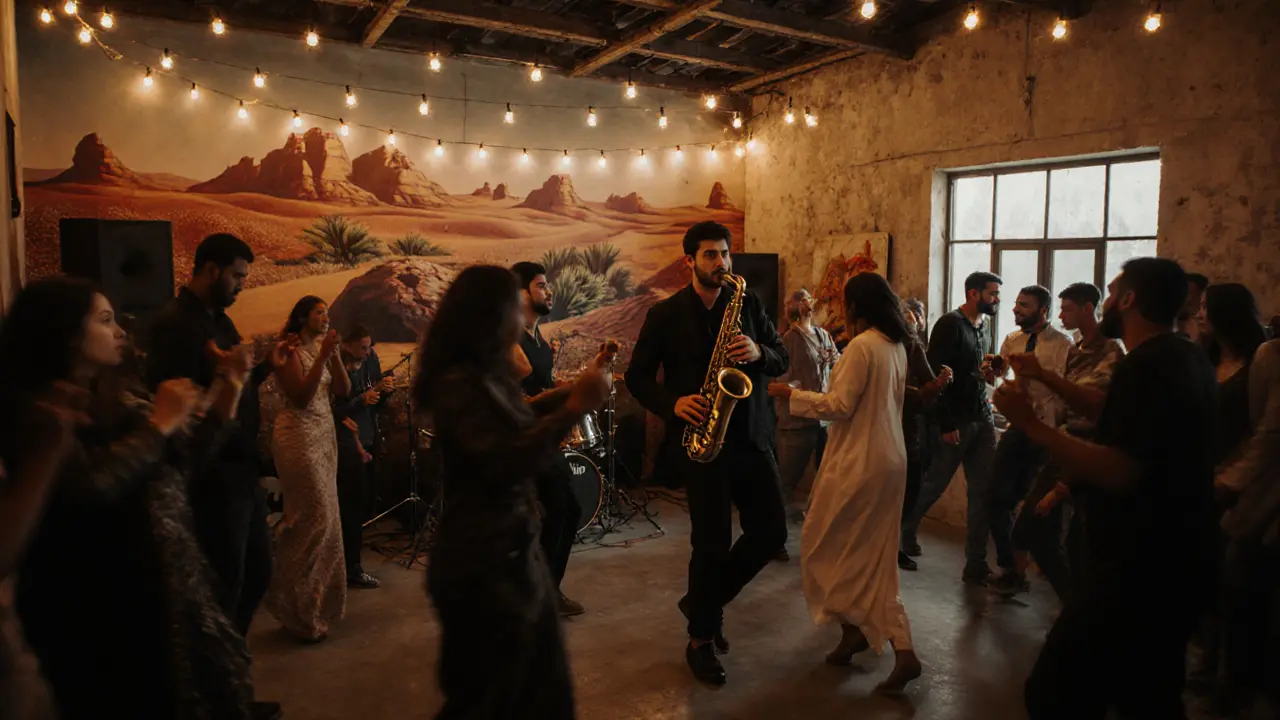
What to Expect
Here’s what you’ll actually run into at these places:
- No dress code beyond ‘don’t show up in flip-flops’
- Most open after 9 p.m. and close around 2 a.m. (some later if the vibe’s right)
- Cash still preferred-many don’t have card machines
- Expect to wait 15-20 minutes at peak times; lines are part of the experience
- No neon signs, no DJs spinning EDM remixes, no bottle service menus
These aren’t clubs you go to for the photo op. They’re places you go to feel something.
Where to Start
If you’re new to this scene, here’s a simple starter route:
- Start at Atelier at 8:30 p.m. for a quiet drink and conversation.
- Walk 10 minutes to The Velvet Vault by 10 p.m. for a cocktail with a story.
- Head to Nahla at 11:30 p.m. for live music and movement.
- End at Tamarind & Smoke around 1 a.m. with a final, unforgettable sip.
That’s it. No VIP lists. No bouncers. Just a night that feels like it belongs to you.
Are these new venues legal in Dubai?
Yes. All venues operate under Dubai’s licensing system for food and beverage outlets. They follow strict rules: no alcohol sales before 7 p.m., no public intoxication, and no music after 2 a.m. in residential zones. These places are licensed and inspected regularly. The difference is they don’t advertise like traditional clubs-they focus on experience, not spectacle.
Do I need to be wealthy to visit these places?
No. While some drinks cost 60-80 AED, that’s less than what you’d pay at a resort bar. Many of these spots have happy hours, $10 street food pop-ups outside, and BYO snacks policies. You don’t need to spend big to enjoy the vibe. The real currency here is curiosity, not cash.
Can tourists easily find these places?
It’s not easy-and that’s intentional. Most don’t have signs or Google listings. You need to ask locals, follow Instagram accounts like @dubaioffgrid or @nightlifeuae, or join Facebook groups like ‘Dubai Underground Scene.’ If you’re willing to dig a little, you’ll find them. If you just want to walk in off the street, you’ll miss the point.
Are these venues safe for solo travelers?
Absolutely. Dubai remains one of the safest cities in the world. These venues have low-key security, no aggressive staff, and a strong sense of community. Many are run by women, LGBTQ+ allies, or expat collectives who prioritize respect over profit. You’ll feel more welcome here than in some tourist-heavy clubs.
What’s the best time of year to experience this scene?
November through March is ideal. The weather is cool, and most new venues launch their seasonal menus and events during this period. Summer is quiet-many places close or scale back. If you’re planning a trip, aim for late November or early December. That’s when the real energy starts.
What Comes Next
This isn’t a trend. It’s a shift. Dubai’s nightlife is finally growing up-not by becoming bigger, but by becoming deeper. The next wave? Think neighborhood jazz lounges in Al Mizhar, rooftop herb gardens in Al Quoz, and midnight poetry slams in the old creekside warehouses. The city’s heart is no longer in the skyscrapers. It’s in the alleyways, the back rooms, and the quiet corners where people are still making something real.
